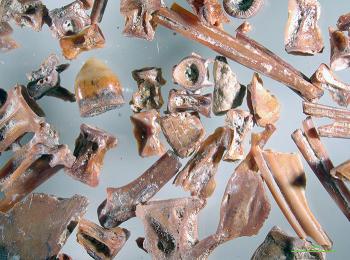American Journal of Archaeology | The Journal of the Archaeological Institute of America
You are here
Marine Resources and Coastal Communities in the Late Bronze Age Southern Aegean: A Seascape Approach
April 2020 (124.2)
Marine Resources and Coastal Communities in the Late Bronze Age Southern Aegean: A Seascape Approach
The concept of the seascape as a place imbued with meaning by human experience is used here as a framework for the analysis of the archaeological remains of activities that took place along the coastlines of the southern Aegean in the second millennium BCE. The physical remains of fishing, shellfish gathering, fish processing, and modification of seashells serve as proxy indicators of the actions and experiences of the people who made a living from the sea. Four case studies are used: Akrotiri on Thera, Chryssi Island south of Crete, and Mochlos and Papadiokambos on Crete. The contextualization of sea-related finds from these sites offers some insights into the shifting experience and meaning of the seascape for different social groups in a Bronze Age society.
Marine Resources and Coastal Communities in the Late Bronze Age Southern Aegean: A Seascape Approach
By Dimitra Mylona
American Journal of Archaeology Vol. 124, No. 2 (April 2020), pp. 179–213
DOI: 10.3764/aja.124.2.0179
© 2020 Archaeological Institute of America


